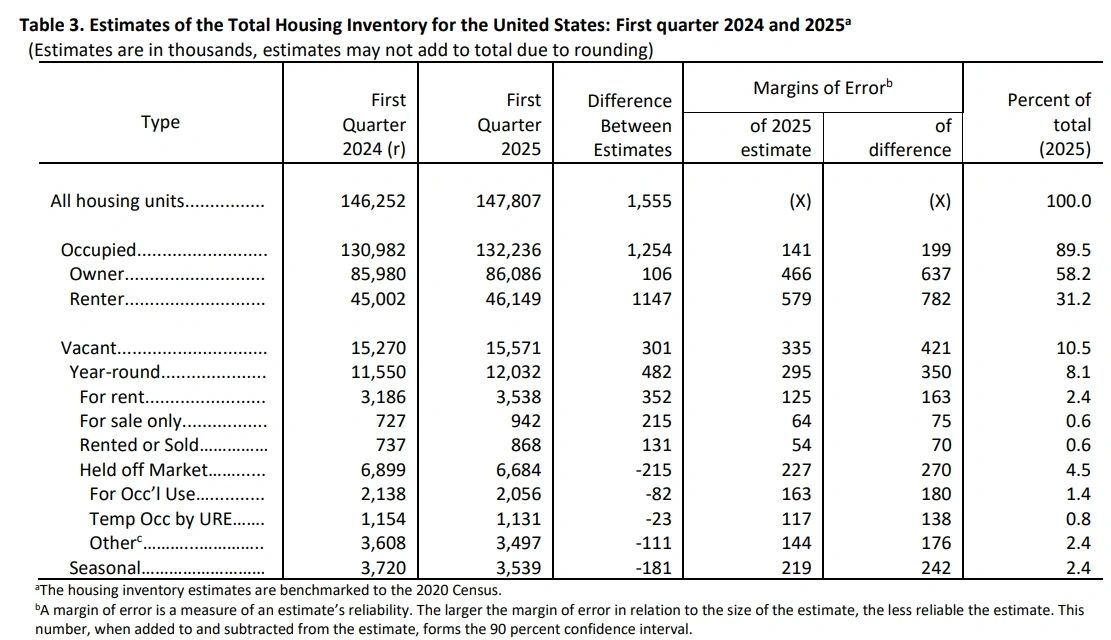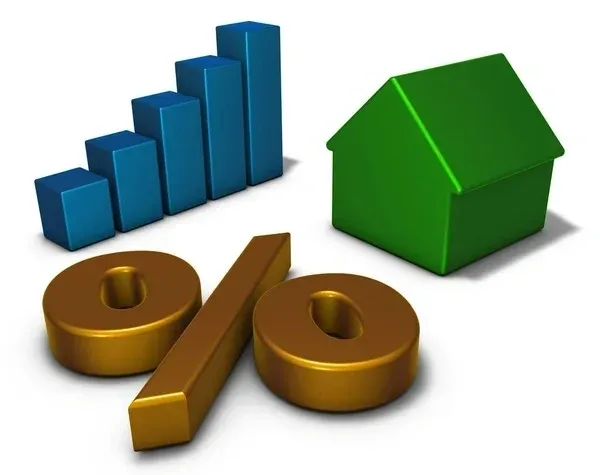By Humaira Muhammad
Wondering if 2025 is the right time to buy or sell a home? Discover shocking real estate statistics, hidden market shifts, and expert insights that can save you thousands—or earn you more—right now.
In 2025, real estate isn’t just about location—it’s about data. Whether you’re a first-time homebuyer, an experienced real estate investor, or a seasoned agent navigating today’s competitive market, the numbers speak volumes. From rising mortgage rates to shifting buyer demographics and evolving seller behaviors, understanding real estate market trends is more important than ever. In cities like New York, Los Angeles, and Miami, where inventory tightens and pricing wars heat up, data-driven insights help stakeholders gain a serious competitive edge. Armed with real estate statistics 2025, agents can fine-tune their strategies, buyers can time their purchases, and sellers can position their homes effectively for maximum ROI.
The current U.S. housing landscape reflects a fascinating mix of economic resilience and regional disparities. With median home prices on the rise, days on market extending, and inventory levels slowly building up, it’s critical to decode these shifts with precision. From buyer preferences for energy-efficient homes to sellers staying in properties longer than ever, the numbers reveal a new consumer mindset. And when it comes to thriving in today’s property landscape—whether in bustling metro areas or growing suburban markets—real estate data analytics, MLS trends, and local housing market indicators can make or break your next move.
This guide dives deep into the latest housing market statistics, pulling from sources like NAR, Realtor.com, and U.S. Census data, to break down what really matters in 2025. We’ll uncover how trends in home affordability, rental markets, and commercial real estate performance are reshaping the industry—backed by the numbers. So whether you’re closing deals or just getting started, understanding these statistics isn’t optional—it’s essential.
Why Real Estate Statistics Matter for Agents
Real estate statistics serve as a vital tool for agents, providing a foundation for informed discussions with clients and strategic decision-making. By staying abreast of market trends, agents can:
- Enhance Expertise: Understanding local and national market data positions agents as knowledgeable professionals, fostering trust with clients.
- Answer Market Queries Confidently: Being equipped with up-to-date statistics allows agents to respond accurately to questions like, “How’s the market?”
- Tailor Marketing Strategies: Insights into buyer and seller behaviors enable agents to craft targeted marketing campaigns that resonate with their audience.
- Educate Clients: Sharing relevant statistics helps clients make informed decisions, enhancing their overall experience.
- Build Online Authority: Incorporating data into blogs, social media posts, and websites establishes agents as industry experts.

General U.S. Real Estate Market Statistics
As of early 2025, the U.S. real estate market exhibits several notable trends:
- Median List Price: The national median list price stands at $435,000, with new listings averaging slightly higher at $435,900.
- Days on Market: Homes remain on the market for an average of 117 days, with a median of 77 days, indicating a moderately paced market.
- Inventory Levels: Approximately 642,359 properties are currently listed, reflecting a gradual increase in available homes.
- Price Per Square Foot: The average price per square foot has risen to $216, up from $213 in March 2024, signaling steady appreciation.
- Price Adjustments: About 34% of properties have experienced price reductions, while 3% have seen price increases, highlighting market variability.
- Market Action Index: With a score of 37, the market slightly favors sellers, though conditions vary by region.
Understanding these metrics is essential for agents to provide accurate market assessments and guide clients effectively.

Buyer Statistics: Understanding the Modern Homebuyer
In 2025, buyer demographics and behaviors continue to evolve:Virginia REALTORS®+3National Association of REALTORS®+3New Silver+3
- Generational Breakdown: Gen Xers (44-58 years old) represent the largest group of homebuyers at 24%, followed by Older Millennials (34-43) at 21%, and Younger Boomers (59-68) at 19%.
- First-Time Buyers: First-time buyers constitute 32% of the market, with 75% of them aged between 25 to 33 years.
- Primary Motivations: The top reasons for purchasing a home include the desire to own (26%), proximity to family and friends (12%), and the need for a larger space (11%).
- Home Preferences: A significant 83% of buyers opt for homes with three or more bedrooms, and 59% prioritize having at least two full bathrooms.
- Environmental Considerations: Energy efficiency is a key concern, with 33% focusing on heating and cooling costs, and 31% valuing energy-efficient appliances.
- Search Duration: On average, buyers spend 10 weeks searching for a home, viewing seven properties before making a decision.
These insights enable agents to tailor their services to meet the specific needs and preferences of contemporary buyers.
Seller Statistics: Insights into Home Selling Trends
Understanding seller motivations and behaviors is crucial for agents aiming to provide comprehensive services:
- Agent Utilization: A significant 89% of sellers engage real estate agents to facilitate their home sales.
- Generational Insights: Younger Boomers (59-68 years old) make up the largest segment of sellers at 26%, followed by Gen Xers (44-58) at 23%.
- Reasons for Selling: The primary motivations include moving closer to family or friends (23%), the home being too small (13%), and changes in family situations (10%).
- Home Tenure: A quarter of sellers have resided in their homes for over 21 years, indicating long-term occupancy before selling.
- Pricing Strategies: While 68% of sellers did not reduce their asking price, 19% made one price reduction, reflecting strategic pricing approaches.
By comprehending these trends, agents can better assist sellers in positioning their homes effectively in the market.
Rental Market Statistics: Navigating the Rental Landscape

The rental market in 2025 presents unique opportunities and challenges:
- Median Rent: The national median rent is $1,375, with variations across regions.
- Vacancy Rates: The rental vacancy rate stands at 6.9%, indicating a balanced market between supply and demand.
- Renter Demographics: Millennials constitute the largest group of renters at 31%, followed by Gen Zers at 25%.
- Income Levels: A majority (57%) of renters earn $50,000 or less annually, highlighting affordability considerations.
- Pet Ownership: Approximately 58% of renter households have pets, influencing rental property features and policies.
Agents specializing in rentals can leverage these statistics to align properties with tenant preferences and market demands.
Commercial Real Estate Statistics: Sector-Specific Insights
The commercial real estate sector exhibits varied performance across different asset classes:
- Office Sector: Despite initial concerns, city-center office spaces are experiencing renewed interest, with companies seeking prime locations to attract employees back to the office. Financial Times
- Multifamily Sector: Rental growth has been modest at 1%, with an 8% vacancy rate. However, absorption rates have improved, indicating steady demand.
- Retail Sector: The retail market has seen a 54% decline in absorption rates, with rent growth slowing to 1.9%.
- Industrial Sector: The industrial market remains robust, with a 2.2% rent growth and significant absorption rates, particularly in logistics-focused properties.
- Hospitality Sector: Occupancy rates in the hotel industry are at 62.9%, slightly below pre-pandemic levels, but revenue per room has surpassed previous benchmarks.
Professionals in commercial real estate can utilize these insights to identify opportunities and adapt strategies accordingly.
Real Estate Agent Statistics: The Role of Agents in Transactions
Real estate agents continue to play a pivotal role in property transactions:
- Buyer Representation: A substantial 88% of homebuyers rely on agents for information and assistance during their home search.
- Agent Selection: Trustworthiness (19%) and experience (21%) are top factors influencing buyers’ choice of agents.
- Communication Preferences: Buyers value personal calls (73%) and text messages (71%) for updates and information.
- Seller Representation: Approximately 81% of sellers contact only one agent before making a decision, emphasizing the importance of first impressions.
- Dual Representation: Nearly half (46%) of sellers use the same agent for selling their current home and purchasing a new one, highlighting opportunities for agents to offer comprehensive services.
By understanding these dynamics, agents can enhance their client relationships and service offerings.
🏠 Conclusion: Why Real Estate Data is the New Currency in 2025
As we wrap up this deep dive into the real estate statistics of 2025, one thing becomes clear: knowledge isn’t just power—it’s profit. Whether you’re an agent negotiating a million-dollar condo in Manhattan or a family searching for your forever home in upstate New York, being data-savvy is now part of the job description. These real estate insights—from buyer behavior and seller motivations to rental patterns and commercial trends—aren’t just abstract figures. They’re your roadmap to smarter decisions and greater success.
Understanding where the market has been, where it’s headed, and how current trends align with your personal or professional goals can help you stay two steps ahead in a highly competitive industry. Agents who incorporate market intelligence, housing price trends, and local MLS data into their client communications will build stronger relationships and close more deals. Buyers and sellers who act on real-time housing stats will be better equipped to negotiate and move with confidence, avoiding costly missteps.
In a time when the market is constantly shifting—due to inflation, economic policies, and changing consumer demands—your best defense is clear insight. Stay informed. Stay strategic. And most importantly, stay in sync with the real estate data shaping 2025. The market rewards those who move with purpose and precision, and statistics are the secret weapon that make all the difference.
2025 real estate market statistics, housing market trends 2025, best time to buy a house in 2025, U.S. housing market data, real estate pricing trends 2025, housing affordability index 2025, real estate agent insights 2025, mortgage rate forecast 2025, buyer and seller behavior 2025, property inventory levels, days on market trends, regional housing analysis 2025, commercial real estate stats, home buying trends 2025, real estate investment statistics, Zillow housing report 2025, Realtor.com data insights, MLS trends and reports, home price growth projections, market demand vs supply 2025, real estate analytics tools, rent vs buy analysis 2025, home sales volume report, urban vs suburban housing trends, new construction data 2025, real estate forecast USA, housing market news 2025, property valuation trends, rising home costs 2025, how interest rates affect home prices, real estate marketing strategy 2025, best real estate states 2025, future of U.S. housing market.

